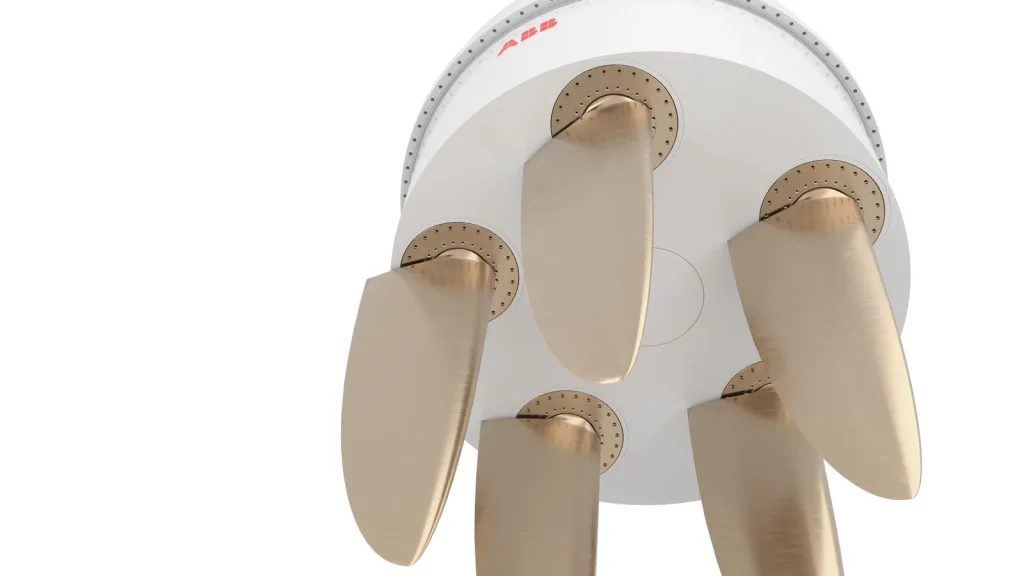Revolutionary whale-tail propeller brings huge fuel cuts and could save Jeff Bezos' yacht 300 tons of CO₂
Published on Nov 19, 2025 at 7:15 PM (UTC+4)
by Henry Kelsall
Last updated on Nov 20, 2025 at 3:09 PM (UTC+4)
Edited by
Emma Matthews
Jeff Bezos’s superyacht may soon be getting an upgrade, with a new whale-tail propeller that could cut fuel costs and save a lot of CO₂ emissions.
This development has come from the shipyard that developed its massive yacht, the Koru, and could prevent the vessel from burning huge amounts of diesel.
Oceanco and ABB have come together to create this new system, which has been given the name Dynafin propulsion system.
If it works, the technology could be applied to other vessels and be a game-changer for the industry as a whole.
DISCOVER SBX CARS: The global premium car auction platform powered by Supercar Blondie
How the revolutionary whale-tail propeller works
The companies at the heart of this, Oceanco and ABB, have spent over a decade researching the system.
At the heart of a superyacht fitted with it is the Dynafin.
This is made up of a cycloidal propulsor, replacing the single spinning crew we are used to.
There is a large horizontal wheel beneath the hull that has multiple vertical blades.
An electric motor turns the wheel at a slow speed.

Smaller motors also continuously adjust the pitch of each blade.
The blade tips then follow a trochoidal path through the water.
With this, the blades keep attacking the water at the correct angle for propulsion.
Efficiency with this propulsion could be as high as 85 percent, according to MARIN.
Fitting the system to the Bezos yacht
The Koru is a huge three-masted yacht, built by Oceanco and measuring 410 feet long.
It carries roughly 750,000 liters of fuel and burns 2,000 liters per hour at a speed of 15 knots.
Clearly, that’s not the most efficient or environmentally friendly way to get around the ocean.
The yacht regularly sails from Florida’s Fort Lauderdale to Saint-Tropez in France.
That’s around 4,200 nautical miles, which is easy for this powerful yacht.
At 280 hours in duration, the Koru burns some 560,000 liters of fuel during the crossing.

That would create an astonishing 1,505 metric tons of CO₂ in total.
Using the new Dynafin, there could be up to 20 percent worth of fuel savings.
That would save 112,000 liters and use up 448,000 liters instead.
In total, we would see CO₂ emissions drop to 1,204 tons of CO₂, a saving of just over 300 tons.
Which might not sound like much, but at least it’s a start, right?
Henry is a content writer with nearly ten years experience, having written for various publications since 2017. Qualifying with a Sports Journalism degree from Staffordshire University, Henry loves all things automotive but has a particular soft spot for classic Japanese cars and anything Lancia. He also has a curious passion for steam locomotives.




